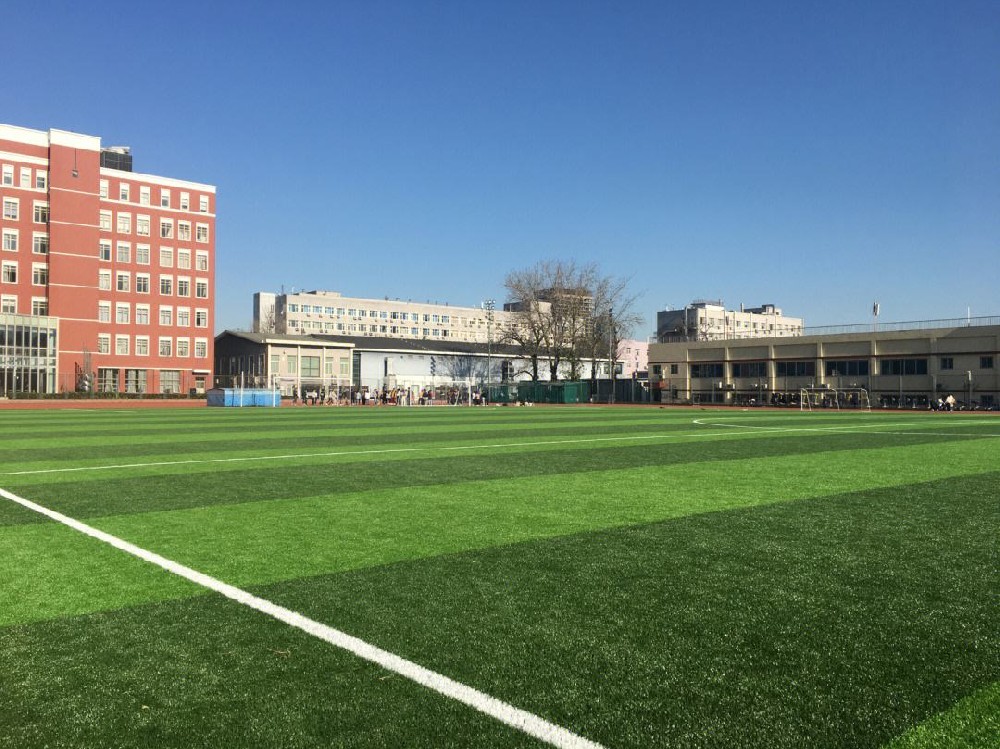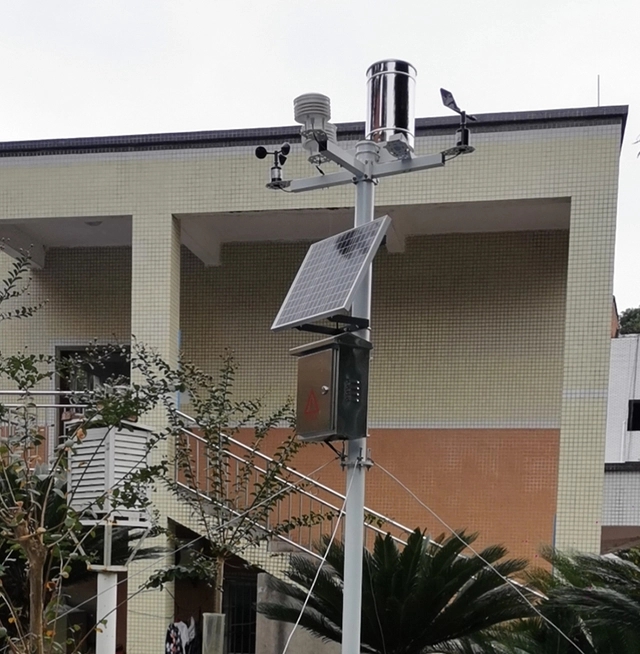

— Blogs —
—Products—
 Consumer hotline +8618073152920
Consumer hotline +8618073152920 WhatsApp:+8615367865107
Address:Room 102, District D, Houhu Industrial Park, Yuelu District, Changsha City, Hunan Province, China
Product knowledge
Time:2024-05-12 16:24:14 Popularity:632
The steps for implementing an automated weather station on campus can be divided into several phases, from planning to operation and maintenance. The following are the specific implementation steps:
Planning Stage
1. Needs Analysis: Determine the needs for meteorological data on campus, including education, research, and campus management.
2. Site Evaluation: Select a suitable location to install the weather station, taking into consideration factors such as representativeness, topography, obstacles, etc.
3. Budgeting: Based on the demand and site selection, prepare the project budget, including the cost of equipment purchase, installation, and maintenance.
4. Funding: Raise funds through the school budget, government subsidies, donations, and other means.
5. Design plan: entrust professional organizations or cooperate with meteorology and engineering experts to design the layout and configuration of the weather station.

Preparation Stage
1. equipment procurement: according to the design scheme, procure the required meteorological observation equipment, data transmission equipment, power supply facilities, etc.
2. Technical training: Provide technical training to staff responsible for the construction and maintenance of the meteorological station.
3. Infrastructure construction: Construct the support structure of the meteorological station, including observation tower, instrument mounting frame, etc.
Construction Stage
1. equipment installation: install meteorological observation equipment, data transmission equipment and power supply facilities according to the design scheme.
2. System debugging: debug the weather station to ensure that all the equipment operates normally and the data transmission is error-free.
3. Network connection: establish data transmission network between weather station and data processing center.
Operation Stage
1. data monitoring: start the weather station, start real-time monitoring and collection of weather data. 2. data processing: collect data from the weather station and the data processing center.
2. Data Processing: Process, analyze and store the collected data.
3. Information dissemination: disseminate meteorological information to teachers and students through campus websites, bulletin boards and other channels.
4. Educational application: Integrate meteorological data into teaching programs and carry out related educational activities.
5. Maintenance: Regular maintenance and calibration of the weather station to ensure data accuracy.
Follow-up Evaluation
1. Performance Evaluation: Regularly evaluate the operational performance of the weather station, including data quality and equipment status.
2. Feedback Collection: Collect feedback from students, faculty and staff on the use of the weather station for improvement and optimization.
3. Continuous Improvement: Based on the assessment and feedback, upgrade and improve the weather station as necessary.
Through these steps, the campus automatic weather station can be successfully implemented and put into educational activities to provide valuable services to the school.

Campus Automatic Weather Station Implementation Example:
A university located in a coastal area decided to install an automatic weather station on its campus to support educational activities, research work and campus management.
Implementation Steps
1. Needs analysis: The university realized that due to its coastal location, weather changes have a significant impact on student safety and maintenance of campus facilities. Therefore, they needed a system that could provide real-time weather data.
2. Site Evaluation: The school chose an open area, away from trees and tall buildings, to ensure that the weather station could accurately record weather conditions.
3. Budgeting: The school prepared a budget that included the purchase of the weather station equipment, installation costs, and maintenance costs for the next few years.
4. Designing the program: The school worked with a weather equipment supplier to design a weather station program that included sensors for temperature, humidity, wind speed, wind direction, and precipitation.
Case Development of Automatic Weather Station on Campus
1. Educational applications: Students in the science department began using the weather station data to learn about weather patterns, and the environmental science program used the data to study climate change.
2. scientific research: researchers in the geography department used weather station data to study the effects of storm surge and rainfall on coastal erosion.
3.. Community engagement: the school makes weather station data available to the local community to help them make everyday decisions, such as whether to engage in outdoor activities or crop protection.
Follow-up Evaluation of Automatic Weather Station on Campus
1. Performance evaluation: The school regularly evaluates the operation of the weather station to ensure data accuracy and equipment reliability.
2. Feedback collection: The school collects feedback from students, teachers and staff on the use of the weather station, which is used to improve and optimize the system.
3. Continuous Improvement: Based on the assessment and feedback, the school upgraded the weather station's software and added more user-friendly data analysis tools.
Through this case study, we can see how campus automated weather stations can play an important role in education, research and campus management, while also being able to serve the local community.
Related recommendations
Sensors & Weather Stations Catalog
Agriculture Sensors and Weather Stations Catalog-NiuBoL.pdf
Weather Stations Catalog-NiuBoL.pdf
Related products
 Combined air temperature and relative humidity sensor
Combined air temperature and relative humidity sensor Soil Moisture Temperature sensor for irrigation
Soil Moisture Temperature sensor for irrigation Soil pH sensor RS485 soil Testing instrument soil ph meter for agriculture
Soil pH sensor RS485 soil Testing instrument soil ph meter for agriculture Wind Speed sensor Output Modbus/RS485/Analog/0-5V/4-20mA
Wind Speed sensor Output Modbus/RS485/Analog/0-5V/4-20mA Tipping bucket rain gauge for weather monitoring auto rainfall sensor RS485/Outdoor/stainless steel
Tipping bucket rain gauge for weather monitoring auto rainfall sensor RS485/Outdoor/stainless steel Pyranometer Solar Radiation Sensor 4-20mA/RS485
Pyranometer Solar Radiation Sensor 4-20mA/RS485
Screenshot, WhatsApp to identify the QR code
WhatsApp number:+8615367865107
(Click on WhatsApp to copy and add friends)